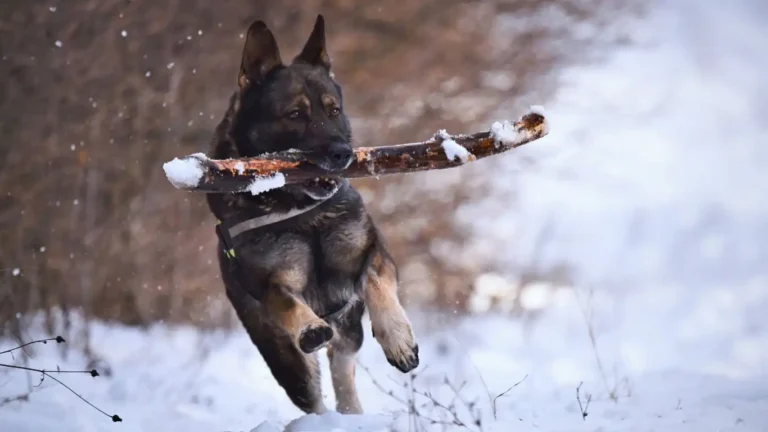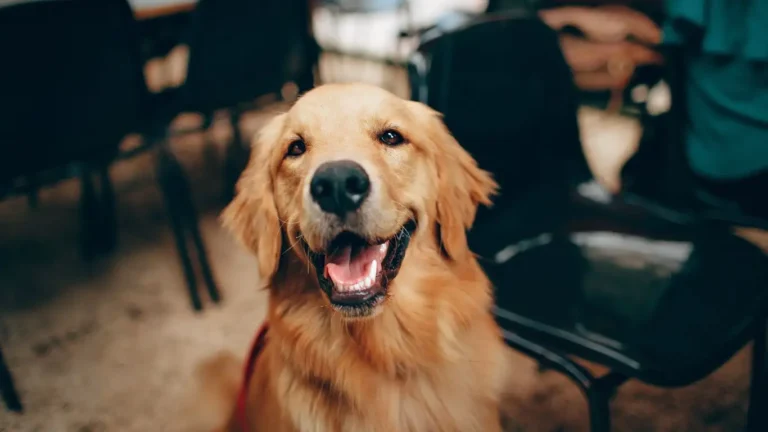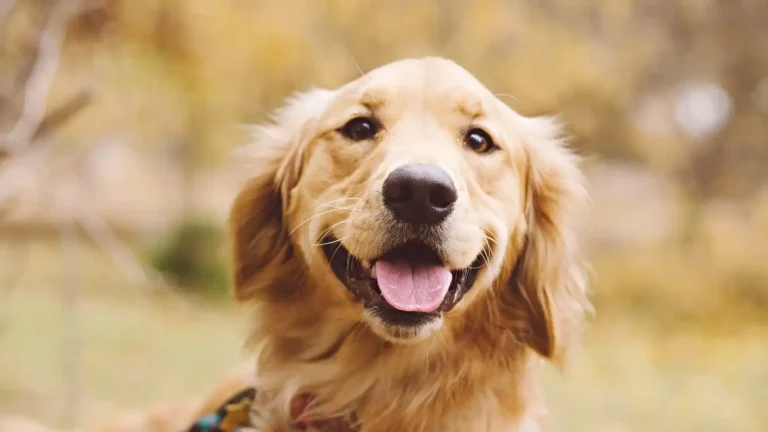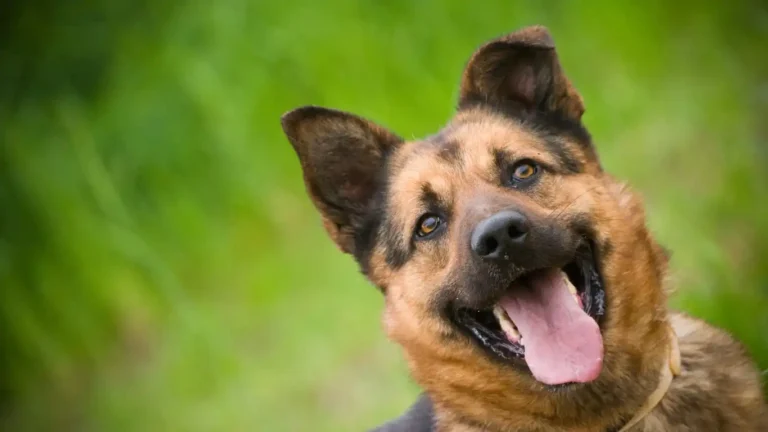How to Train a Dog to Be Calm in Public Places: Easy & Effective Tips
If you’ve ever wondered how to train a dog to be calm in public places, you’re definitely not alone. As a veterinary technician who’s specialized in nutrition for years, I’ve seen firsthand how a dog’s behavior and overall well-being are closely linked. But training a dog to stay calm outside the cozy walls of home? That’s a whole other challenge—and it’s one many pet parents struggle with. Whether it’s the bustling park, crowded sidewalks, or noisy cafes, dogs can easily get overwhelmed. The good news? With a bit of patience, consistency, and some insider tips from my experience, you can help your furry friend learn to chill out even in the busiest environments.
Understanding Why Dogs Get Anxious or Excited in Public
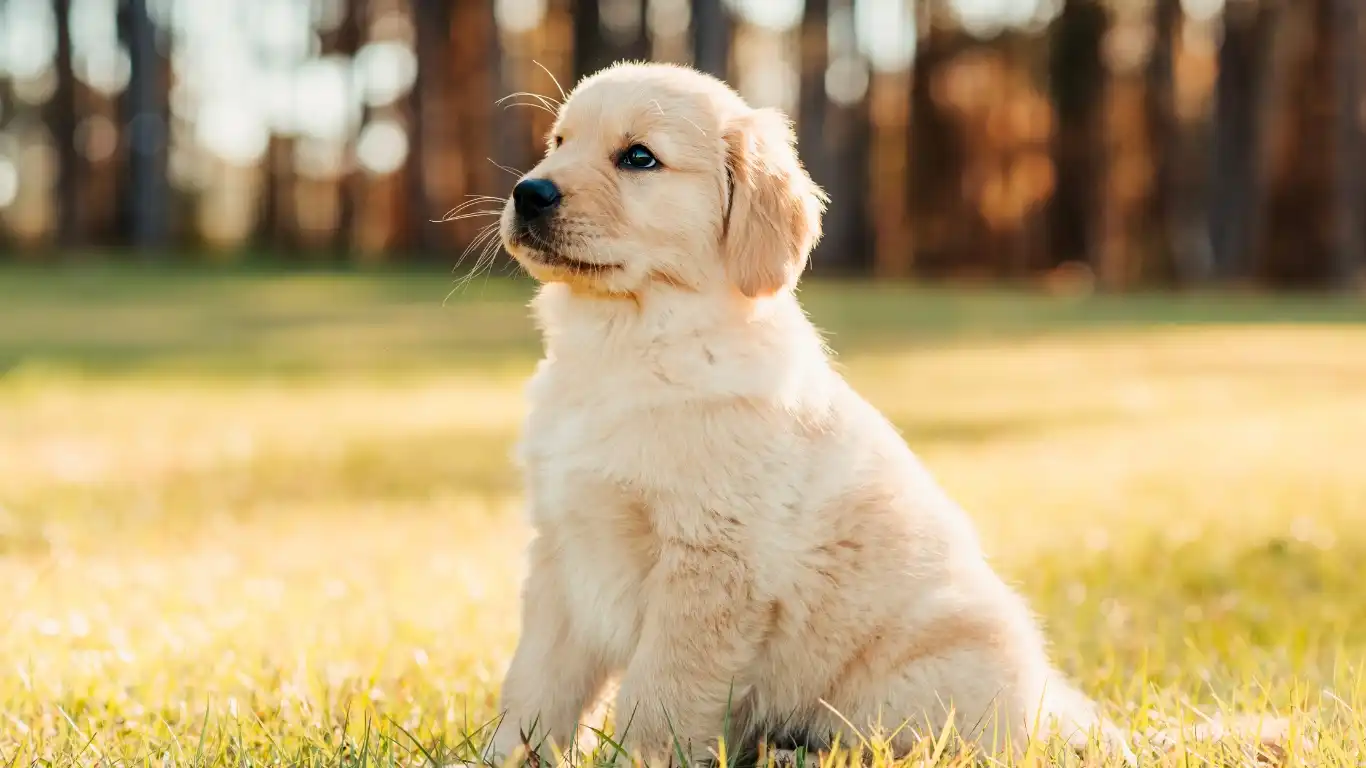
Before jumping into training, it’s super important to get why dogs might act up in public places. From my years working alongside pet owners and veterinarians, I’ve noticed that dogs’ reactions are often driven by a mix of excitement, fear, or overstimulation. Imagine walking into a loud party with strangers crowding around—that’s what it feels like for your dog when the world outside is loud, fast, and unpredictable.
Some dogs may bark uncontrollably, pull on the leash, or just act nervous because they aren’t used to so many stimuli. And sometimes, it’s deeper—like underlying anxiety or past negative experiences in similar settings. Recognizing these triggers is the first step toward helping your pup stay calm and collected.
The Role of Environment and Socialization
Socialization plays a huge part in shaping how calm your dog will be in public. Dogs that were exposed to different sights, sounds, people, and other animals in a positive way early on tend to handle new environments much better. From my experience advising pet owners, I always stress the value of gradual, positive exposure—don’t throw your pup into the deep end without a life jacket!
Think of socialization like building a muscle; it needs time, patience, and consistent practice. If your dog has had limited social experiences or had stressful encounters outside, it’s totally normal for them to be on edge. But don’t worry, it’s never too late to start.
Why Nutrition and Overall Health Matter in Behavior
Now, you might wonder, “What does nutrition have to do with training my dog to be calm?” As a veterinary nurse focusing on nutrition, I can confidently say it’s a game changer. A well-balanced diet supports brain function, reduces irritability, and can even lower anxiety levels in pets.
I’ve worked with dogs whose behavior improved drastically once their nutrition was optimized. Supplements like omega-3 fatty acids and calming herbs can help soothe the nervous system, but always chat with your vet before adding anything new. A healthy body often equals a calmer mind—don’t overlook this essential piece of the puzzle.
Setting the Foundation: Basic Obedience and Calmness at Home

Before stepping outside, your dog needs to master calm behavior in the comfort of home. This is where the magic starts. Think of it as building the foundation of a house—if it’s shaky, everything else will wobble.
I always recommend starting with simple commands like “sit,” “stay,” and “down.” These cues are powerful tools to interrupt unwanted excitement or anxiety. During my clinical days, I saw so many success stories where consistent home training led to peaceful walks outside.
Creating a Calm Environment at Home
Dogs pick up on our energy, so creating a relaxed vibe at home is crucial. Here are a few tips I often share:
- Establish routines: Dogs thrive on predictability, so set regular feeding, walking, and playtimes.
- Use positive reinforcement: Reward calm behavior with treats or affection to encourage repetition.
- Practice short relaxation sessions: Teach your dog to settle on a mat or bed for a few minutes daily.
Leash Training Basics
Leash manners are key for public calmness. If your dog is pulling or lunging, it’s not just annoying—it can be dangerous. From my experience, teaching a loose leash walk at home can prevent a lot of headaches later. Use treats to reward your dog for walking beside you and stop walking when they pull. It might feel like a slow process, but patience pays off big time.
Gradual Exposure: Taking Calmness Outside

Once your dog shows steady calmness at home, it’s time to bring those skills into the world. How to train a dog to be calm in public places really comes down to gradual exposure paired with positive experiences. Trust me, rushing into busy spots too soon can backfire, making your pup even more anxious or reactive.
Start with low-distraction environments, like a quiet street or a nearly empty park. I’ve found that walking my own dogs early in the morning, when fewer people and dogs are around, creates a relaxed atmosphere perfect for practicing calmness outside. Keep the leash short but gentle, and be ready to reward calm behavior with treats or praise right away.
Building Up Tolerance Step-by-Step
Think of this like easing your dog into a cold pool—dip a toe in, then a foot, then the whole body. With each new environment, you want your dog to feel safe and confident. Here’s a simple approach that worked well for many pets I’ve helped:
- Observe and reward: Watch your dog closely. When they remain calm around minor distractions—like a jogger or a squirrel—give them a treat or gentle praise.
- Increase distractions slowly: Move to busier spots but keep distance from overwhelming stimuli. If your dog starts showing signs of stress (panting, pulling, whining), take a step back to a quieter area.
- Keep sessions short and sweet: No need to conquer the whole city in one go. A 10-15 minute calm outing is far more effective than a stressful hour.
Through my work, I’ve seen dogs progress quickly when owners respect these limits. Forcing situations often triggers setbacks, but gentle exposure builds real confidence.
Using Calm Leadership and Body Language

Dogs are amazing at reading our energy and body language. As someone who has spent countless hours observing dog-human dynamics in veterinary clinics, I can say that your own calmness plays a huge role in helping your dog stay chill. If you’re tense or anxious, your dog will pick up on that and mirror it.
When you’re out in public, practice deep breaths, keep your movements smooth and confident, and avoid sudden jerks on the leash. This relaxed leadership helps your dog understand that there’s nothing to worry about. It’s a subtle but powerful way to teach calmness.
Effective Commands to Use in Public
Along with basic obedience, adding a few targeted commands can make a big difference. Commands like “watch me,” “leave it,” and “settle” give your dog clear instructions in moments of excitement or distraction. Here’s how I usually recommend using them:
- “Watch me”: This redirects your dog’s focus back to you. Use treats and a happy voice to encourage eye contact.
- “Leave it”: Useful for ignoring distractions like food on the ground, other animals, or noises.
- “Settle”: A cue to relax and stop moving. Pair this command with calm petting or rewarding quiet behavior.
Consistency is key, so practice these commands in different settings until your dog understands and responds reliably.
Handling Common Challenges in Public Training
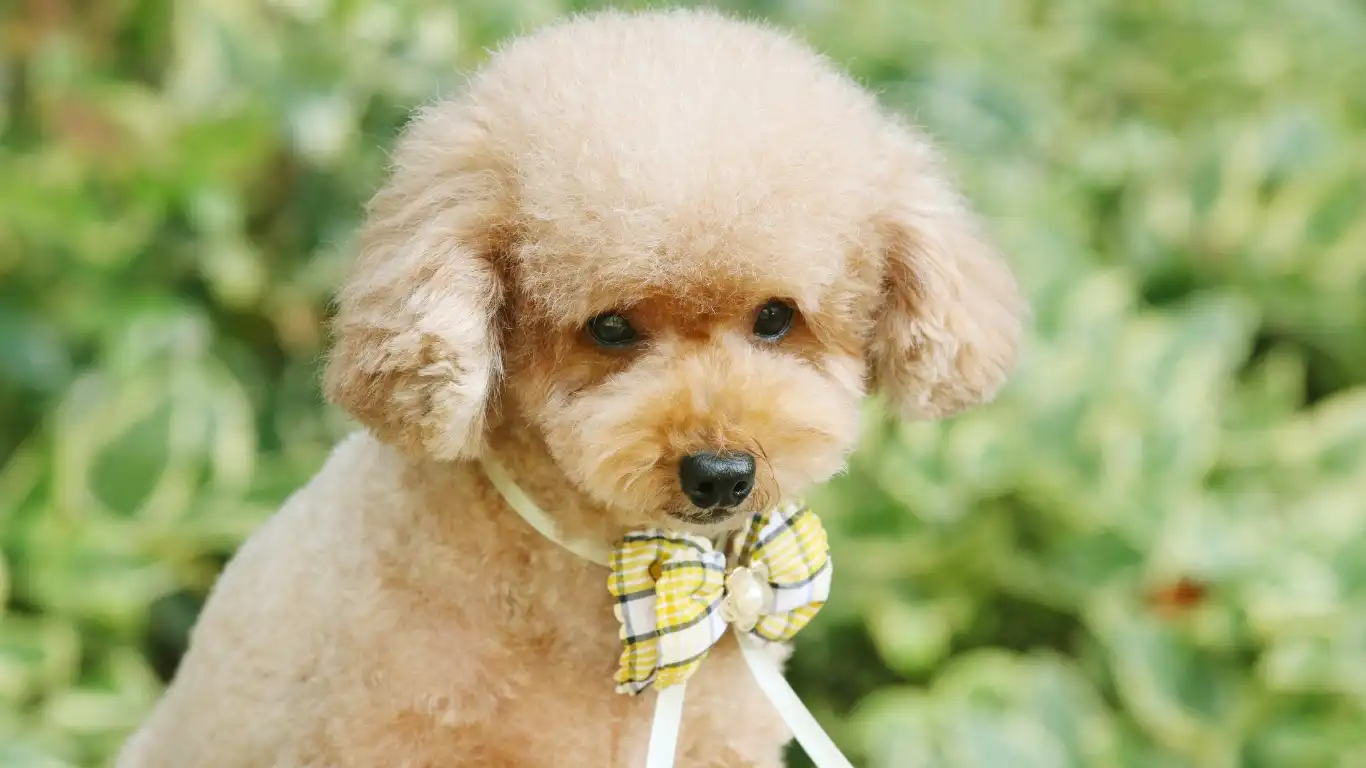
Even with the best preparation, public places come with surprises. From other dogs barking to loud vehicles passing by, your dog might get overwhelmed. I’ve encountered many situations as a vet tech where owners felt frustrated because their dog suddenly “forgot” all the training. Here’s what I usually suggest:
Dealing with Overstimulation and Reactivity
If your dog starts pulling, barking, or showing signs of distress, it’s time to calmly remove them from the situation. Don’t punish—this only increases anxiety. Instead, try these steps:
- Redirect attention: Use a favorite treat or toy to bring focus back to you.
- Use distance: Move away from the trigger and let your dog calm down before trying again.
- Practice calming techniques: Gentle petting, a soothing voice, or a “settle” command can help.
Remember, it’s perfectly normal for progress to come with bumps along the way. Patience and kindness go a long way.
When to Seek Professional Help
Sometimes, despite your best efforts, your dog’s anxiety or excitement in public places might need extra support. Working with a professional trainer or a veterinary behaviorist can provide personalized guidance and advanced strategies. I’ve seen many pets transform when owners combine their own training with expert advice—especially when there’s an underlying behavioral or medical component.
If your dog’s reactions include aggression, extreme fear, or panic, don’t hesitate to get professional help sooner rather than later. The sooner you address it, the better the outcome for both of you.
Consistency and Patience: The Long Game of Calm Public Behavior

If there’s one thing I’ve learned over my years as a veterinary technician specializing in nutrition and general pet care, it’s that training a dog to stay calm in public is a marathon, not a sprint. It’s totally normal to have good days and bad days. What really matters is consistency—showing up every day, practicing those calm behaviors, and being patient with your dog’s progress.
Think of it this way: your dog is learning to manage emotions in a world full of distractions. It’s a huge ask! So even if you see small improvements, celebrate them. And if your dog regresses, don’t sweat it. The key is not to give up or get frustrated. From my experience, dogs respond best to owners who stay positive and keep training sessions fun and rewarding.
Incorporating Calm Moments into Daily Life
I always tell pet parents to sneak calm training into everyday routines. Waiting at the vet’s office, sitting at an outdoor café, or even standing in line at the grocery store can become training opportunities. Here’s what’s worked well for me and the clients I’ve coached:
- Use treats strategically: Reward calm sitting or lying down when you’re stationary.
- Keep calm cues handy: A simple “settle” or “easy” command helps your dog recognize it’s time to relax.
- Practice mindfulness together: Slow your own breathing and movements, which helps your dog mirror your calm energy.
Over time, these small moments add up and create a solid habit of composure in public.
Tools and Techniques That Can Help
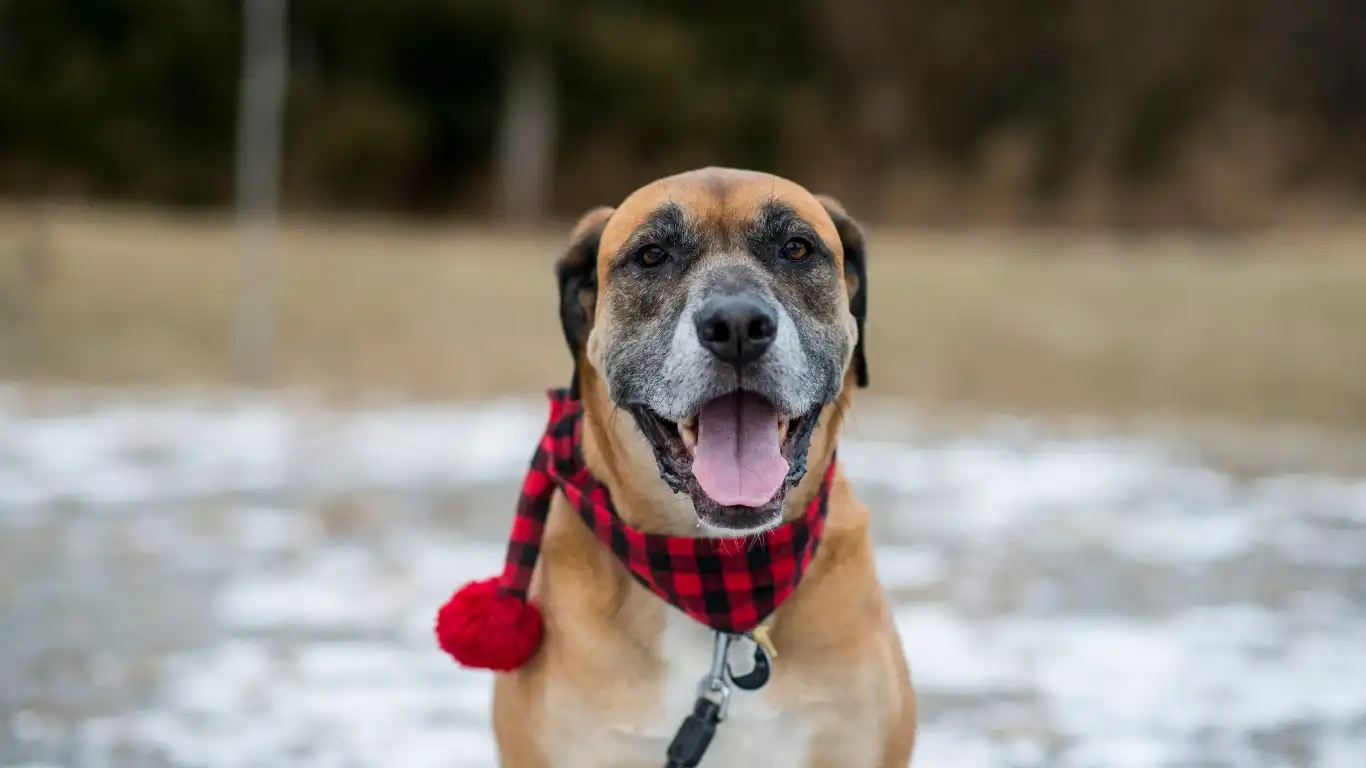
Beyond basic training, there are some extra tools and techniques that can support your efforts in training a calm dog in public places. Based on both my clinical experience and conversations with animal behavior experts, here are some favorites:
Calming Aids and Supplements
Nutrition and supplements can play a surprisingly big role in calming dogs who are naturally anxious or overstimulated. Omega-3 fatty acids, L-theanine, and valerian root are just a few examples that have been helpful for some dogs. Always consult your veterinarian before introducing supplements to make sure they’re safe and appropriate for your pup’s needs.
Calming chews or collars infused with pheromones can also create a soothing environment, especially when combined with good training practices. These aren’t magic fixes but can make the difference in tricky situations.
Calming Gear and Environment Management
Some dogs feel more secure with specific gear. For instance, snug-fitting calming vests or wraps provide gentle pressure that mimics a comforting hug, which helps many dogs stay relaxed during walks or outings. From what I’ve seen, these tools work best when used alongside gradual exposure and positive reinforcement.
Managing the environment by choosing quieter routes, avoiding peak hours in busy spots, or parking your dog at a safe distance from overwhelming stimuli also makes a huge difference. It’s all about setting your dog up for success by minimizing stress wherever possible.
Celebrating Your Dog’s Progress and Staying Motivated
Let me tell you, nothing feels better than seeing a once-anxious dog calmly walking past a noisy street performer or sitting quietly next to you in a bustling café. Those moments are gold. I encourage you to keep a training journal or take videos to track your dog’s progress—sometimes, changes are subtle and easy to overlook day-to-day.
Every small victory is proof that your dedication is paying off. If you stay consistent and patient, your dog will gradually become more confident and relaxed in public settings. And remember, you’re building a deeper bond through this journey, which is one of the most rewarding parts of pet ownership.
Additional Resources and Professional Support
If you want to dive deeper into behavior and training techniques, there are some fantastic resources out there. Organizations such as
apdt.com (Association of Professional Dog Trainers) and
avma.org (American Veterinary Medical Association) provide excellent advice, educational materials, and can help you find certified trainers and behaviorists in your area.
When in doubt, don’t hesitate to reach out to your veterinarian or a certified animal behaviorist. They can help identify if there’s a medical or psychological component behind your dog’s public anxiety and tailor a plan just for your pup.
Disclaimer
This article is intended for informational purposes only and does not substitute professional veterinary advice, diagnosis, or treatment. Always consult your veterinarian or a qualified animal behavior specialist before starting any new training regimen or introducing supplements to your dog’s diet.


